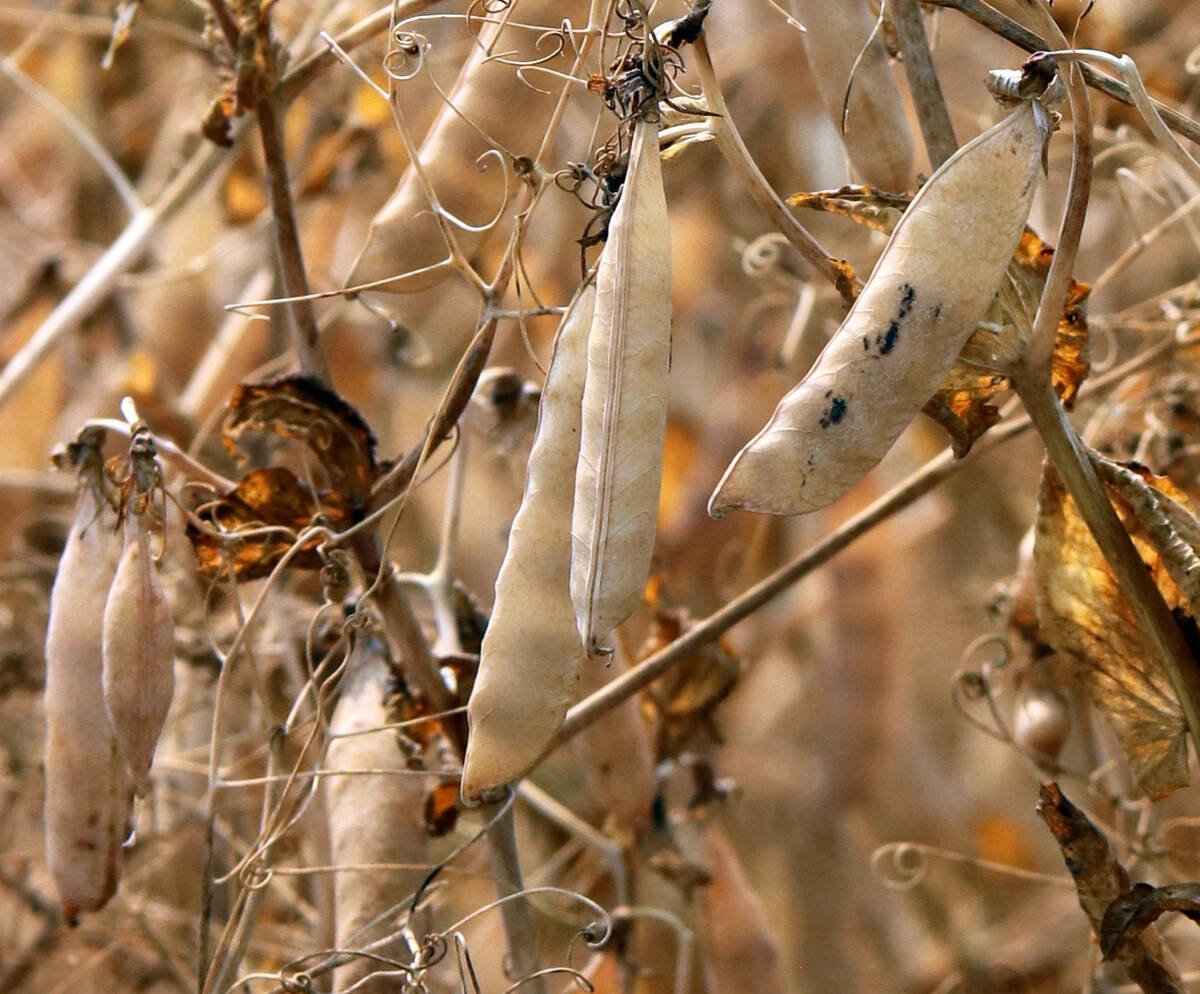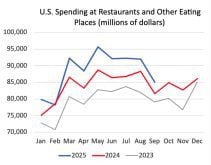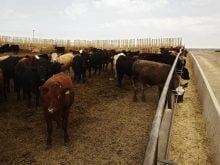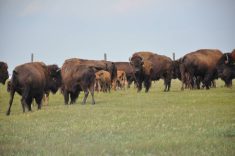MOOSE JAW, Sask. – Exactly one month before new regulations regarding the removal and disposal of specified risk material come into force, Saskatchewan cattle producers heard that some industry players won’t be ready.
“A lot of things haven’t been solved yet,” Canadian Cattlemen’s Association president Hugh Lynch-Staunton told the Saskatchewan Stock Growers Association June 12. “Compliance is going to be difficult in some instances.”
Federal-provincial agreements were late in coming and many details were unknown until recently. Companies that have to deal with the new regulations, which are intended to speed up eradication of BSE, didn’t order equipment because they didn’t know what is required, said John Masswohl, CCA’s director of government and international relations.
Read Also

Trump’s tariffs take their toll on U.S. producers
U.S. farmers say Trump’s tariffs have been devastating for growers in that country.
“Companies are a good five to eight months behind where they need to be,” he said.
The regulations require all SRMs to be removed and disposed of so they aren’t used in animal feed, pet food or fertilizer.
Specified risk materials include the skull, brain, nerves attached to the brain, eyes, tonsils, spinal cord and nerves attached to the spinal cord in cattle older than 30 months of age. The distal ileum, part of the small intestine, is also to be removed from all cattle.
Removing these SRMs eliminates more than 99 percent of potential feed contamination.
Greg Douglas, veterinary program specialist with the Canadian Food Inspection Agency, said it’s now known that as little as 0.001 gram of the BSE agent can cause the disease. Since most of Canada’s BSE cases are attributed to feed contamination, strict SRM control is paramount.
“July 12 is the drop dead date,” he said.
But where exactly the SRMs are going to end up is still uncertain for many. Reg Schellenberg, who ranches at Beechy, Sask., said some communities approached to set up disposal sites have turned the companies down.
“Your July 12 date, you’re not going to make it,” he told Douglas. “If small communities are declining access, where’s it going to go?”
Douglas replied that packers and processors have obligations under the law but not everyone will likely be compliant by that date.
“We’re going to get there to some degree,” he said of the deadline. “But we’re going to still be working a year from now.”
Schellenberg was also concerned about costs charged by processors that have to transport SRMs long distances to disposal sites.
“At the end of the day the costs will go right back down to what they bid on our cow,” he said.
Eric Lawrence, from Maple Creek, Sask., said the Canadian public should be responsible for some of the costs of the new program, but Douglas said the program also protects producers.
“It has significant costs,” he said. “This is about selling healthier products around the world.”
There are still two million cattle in the Canadian herd that were born before the 1997 feed ban and could have received tainted feed.
Douglas pointed out there are 8,000 Saskatchewan animals under quarantine right now because of a feed problem and someone has to pay those bills.
“It’s really tough in an integrated system to say who’s at fault,” he said. “We’re not the Welcome Wagon. We’re not a handholding system. We’re a regulator.”
Douglas reminded producers they should obtain free permits in case they need to transport SRMs.
“Live animals don’t need permits because live animals don’t have SRMs,” he said.















